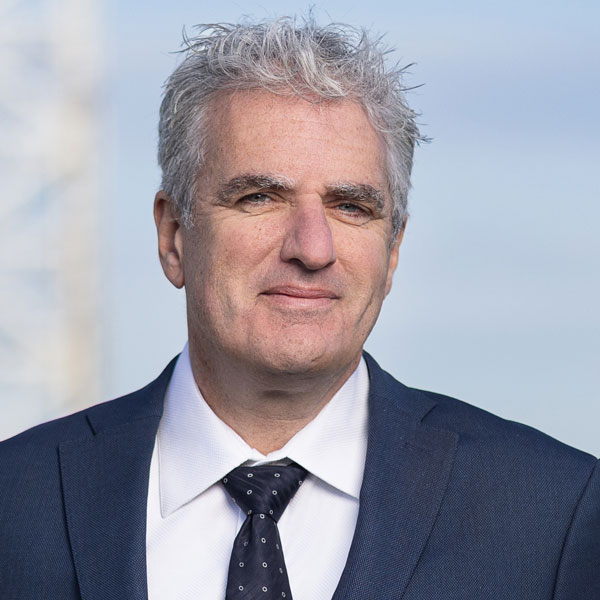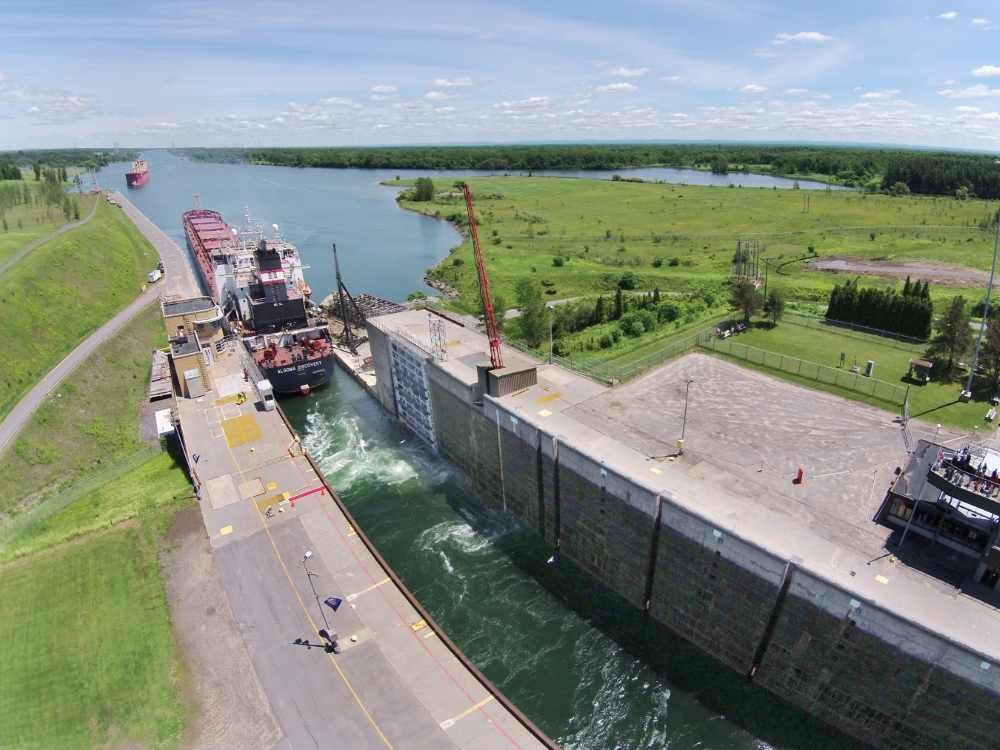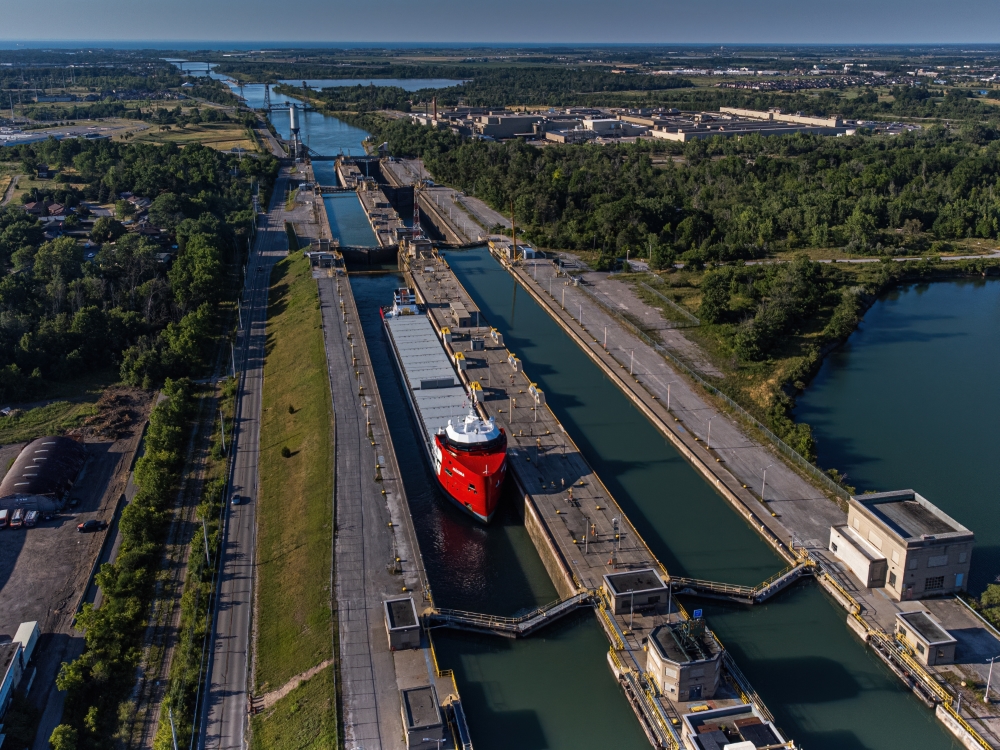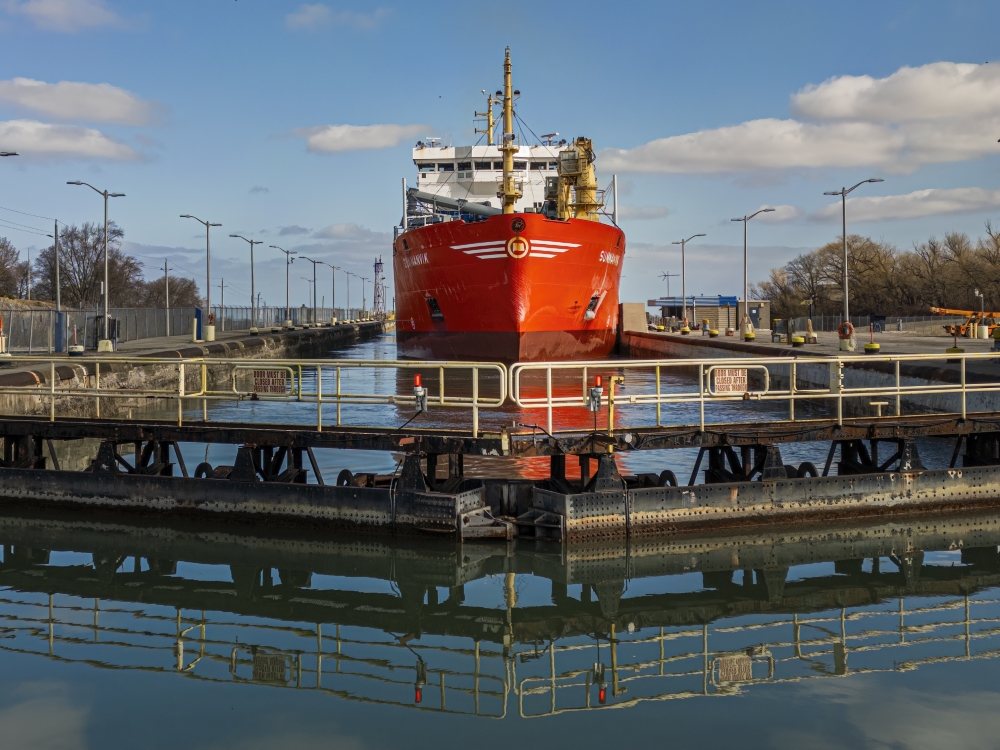Unlike congested port regions elsewhere, the St. Lawrence Seaway is the shipping corridor with room to grow.
Did you know the Great Lakes St. Lawrence Seaway system supports no fewer than 150,000 U.S. jobs, $26 billion in economic activity and $19 billion in business revenue annually?
Those figures come from an August release announcing that seven U.S. ports in the system had earned the Robert J. Lewis Pacesetter Award for 2024 for increases in international cargo tonnage shipped through their ports during the 2024 navigation season: Port of Cleveland (Ohio), Conneaut Port Authority (Ohio), Illinois International Port District (Chicago), Port of Duluth-Superior (Minnesota), Lorain Port and Finance Authority (Ohio), Port Milwaukee (Wisconsin), and Toledo-Lucas County Port Authority (Ohio).
That just tracks the U.S. side. The Ontario-based St. Lawrence Seaway Management Corporation (SLSMC) in early 2025 reported that 37 million metric tons of goods (led by grain and potash) had been shipped via the Seaway during a record 295-day navigation season. Since deep-draft navigation began in 1959, more than 2.5 billion tons of cargo (estimated at $375 billion) have moved to and from Canada, the United States and more than 50 other nations along the Seaway’s 2,038 nautical miles between the Atlantic Ocean and the Port of Duluth-Superior.
I recently checked in with the leaders of the U.S. Department of Transportation’s Great Lakes St. Lawrence Seaway Development Corporation and SLSMC — agencies known for their binational collaboration — for insights into port and infrastructure news along this vital marine highway to the world.

“The Seaway still has room to grow. At a time when highways, border crossings and coastal gateways are increasingly congested, our system offers an uncongested, reliable marine corridor into the heartland of North America.”
— Jim Athanasiou, President and CEO, St. Lawrence Seaway Management Corporation
WHERE DO YOU SEE IMPROVEMENTS TO SEAWAY INFRASTRUCTURE AND PORTS PRODUCING NEW OPPORTUNITIES FOR COMPANIES TO LOCATE FACILITIES AND PROSPER FROM THE COMPETITIVE ADVANTAGES THE SEAWAY OFFERS?
JIM ATHANASIOU, PRESIDENT AND CEO, ST. LAWRENCE SEAWAY MANAGEMENT CORPORATION: Our focus is on building capacity and keeping the system reliable for industry. The St. Lawrence Seaway Management Corporation is investing [C]$350 million over three years in infrastructure upgrades to ensure the Seaway remains a strong and dependable corridor for supply chains.
Innovation is central to that work. We’re advancing automation and digital technologies across our locks and operations to improve efficiency, safety, and resilience. That includes systems that help us manage traffic and maintenance planning, and the Vessel Information System (VIS), which leverages shared data to improve planning and coordination among system stakeholders.
Hands-free mooring is another milestone. Both U.S. locks are equipped, and by 2026 the final Canadian lock in the Welland Canal will be as well, making the Seaway the first inland waterway of its kind in the world. These investments strengthen supply chains and add system-wide capacity, positioning ports and their communities to capture new opportunities.

A vessel leaves the Eisenhower Lock near Massena, New York.
Photo courtesy of Great Lakes St. Lawrence Seaway Development Corporation
MIKE MCCOSHEN, ADMINISTRATOR, GREAT LAKES ST. LAWRENCE SEAWAY DEVELOPMENT CORPORATION: The Great Lakes St. Lawrence Seaway Development Corporation (GLS) is committed to strengthening the economic and strategic role of the Great Lakes St. Lawrence Seaway System. As Administrator, my priorities include ensuring safe and efficient lock operations, supporting infrastructure investments that enhance reliability, and promoting maritime trade opportunities — especially for U.S. exports. I’m also focused on deepening partnerships with industry, advancing workforce development and showcasing the Seaway’s value as a critical gateway for international shipping and regional prosperity.
Looking ahead, one of the most promising opportunities is expanding container shipping on the Great Lakes. By the 2026 season, four U.S. ports — Cleveland, Duluth, Monroe and Burns Harbor — will have CBP-cleared container service, adding redundancy to the supply chain and diversifying cargo movements within the Seaway.
DESCRIBE A PARTICULAR INSTANCE IN RECENT MONTHS WHEN YOU AND YOUR TEAM WERE INVOLVED IN RESPONDING TO A COMPANY’S SITE SELECTION INQUIRY.
JIM ATHANASIOU: Our real estate and market development teams regularly respond to — and welcome — inquiries from companies and investors about potential developments. At present, we have a number of potential projects in the pre-development stage with prospective tenants. These projects focus on marine-enabling industry along our canals that would create investment, jobs and other economic benefits at the local level.
When we engage with prospective tenants, our focus is on projects that create lasting value. We look for developments that strengthen supply chains, bring investment into local communities and make full use of multimodal access. We want to be a conduit to help companies invest and grow while bringing real value to the communities around them.
MIKE MCCOSHEN: If there is one constant in our site selection engagement, it is the desire for strong, multi-modal connectivity that will support the supply chain requirements of the prospective investor.
WHAT WOULD YOU DESCRIBE AS SOME LESSER KNOWN OR OVERLOOKED ASSETS AND
ADVANTAGES THE SEAWAY AND ITS COMMUNITIES BRING TO THE TABLE WHEN IT COMES TO OPTIMUM LOCATIONS FOR CERTAIN INDUSTRY SECTORS?
JIM ATHANASIOU: The Seaway’s primary mission is to ensure the safe and efficient movement of marine traffic. A little-known fact about the Seaway is that we are involved in clean power generation. One overlooked advantage is that the Seaway still has room to grow. At a time when highways, border crossings and coastal gateways are increasingly congested, our system offers an uncongested, reliable marine corridor into the heartland of North America. That gives industries moving bulk commodities, oversized project cargo or energy transition materials a clear edge.

“Cross-border coordination is essential as a ship will cross the border 27 times while transiting the Seaway. I am fully committed to continuing to strengthen this partnership — ensuring the Seaway remains the smart choice for shippers.”
— Mike McCoshen, Administrator, Great Lakes St. Lawrence Seaway Development Corporation
MIKE MCCOSHEN: Optimum sites within the region are not limited to our ports and terminals. Each of our ports is a multimodal hub for regional connectivity through their road and rail networks. Great Lakes supply chains run through our ports and terminals — expanding the Seaway’s reach to access sites located well inland. This multi-modal connectivity through our ports is the value that the Seaway provides to companies located in the Great Lakes region. GLS is working with our stakeholders to further strengthen these regional supply chains to support critical sectors including manufacturing, construction, agriculture and energy.

2024 saw 37 million metric tons of goods shipped via the Seaway during a record 295-day navigation season, St. Lawrence Seaway Management Corporation reported.
Photo courtesy of St. Lawrence Seaway Management Corporation
IN A TIME WHEN U.S.- CANADA RELATIONS ARE FRAUGHT, DESCRIBE HOW YOU WORK WITH YOUR COUNTERPARTS ON THE OTHER SIDE OF THE BORDER FOR THE GOOD OF ALL PARTIES, INCLUDING COMMUNITIES AND EMPLOYERS ON BOTH SIDES.
JIM ATHANASIOU: The Seaway has always been managed as a model of cross-border cooperation. Our partnership with the U.S. Great Lakes St. Lawrence Seaway Development Corporation (GLS) allows us to deliver consistent service across the system. I’ve had the pleasure of meeting the newly appointed GLS Administrator, Mike McCoshen. He brings more than 45 years of experience in maritime transportation. He knows the Great Lakes inside and out, and his leadership is a real asset for the system.
We share a commitment to customer service so the Seaway functions as one integrated corridor. That cooperation has always defined our success, and it’ll continue to create opportunities for industry and communities on both sides of the border.
MIKE MCCOSHEN: From coordinated lock operations to infrastructure planning and vessel traffic communications, GLS works closely with our Canadian counterparts at the St. Lawrence Seaway Management Corporation (SLSMC), and our teams operate as one integrated system. This cross-border coordination is essential as a ship will cross the border 27 times while transiting the Seaway. I am fully committed to continuing to strengthen this partnership — ensuring the Seaway remains the smart choice for shippers.

